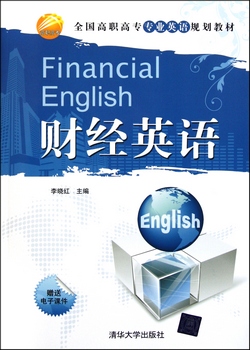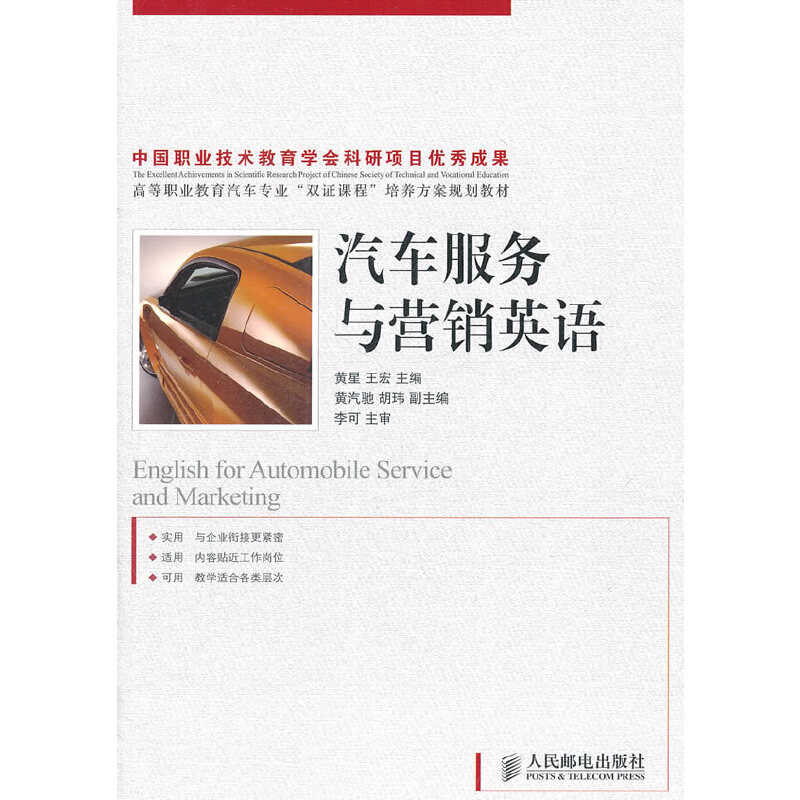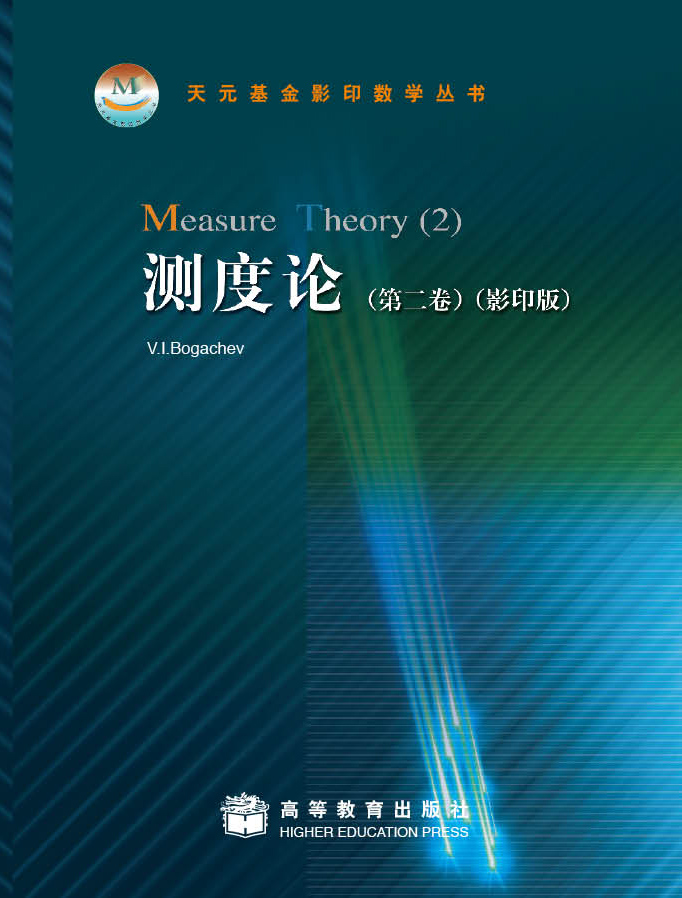中医基础知识(精)(英文版)
定价:¥150.00
作者: 印会河
出版时间:2010-01
出版社:外文出版社
- 外文出版社
- 9787119063959
- 166389
- 2010-01
- R22
内容简介
This book systematically describes the
fundamental theories of Traditional Chinese Medicine(TCM). It
outline the basic concepts and theories of TCM, such as yin-yang,
the five elements, qi (vital energy), blood and body fluids,
pathogenesis, pathology, the four diagnostic techniques, the eight
guiding principles, differentiation of syndromes and general rules
of prevention and treatment.
fundamental theories of Traditional Chinese Medicine(TCM). It
outline the basic concepts and theories of TCM, such as yin-yang,
the five elements, qi (vital energy), blood and body fluids,
pathogenesis, pathology, the four diagnostic techniques, the eight
guiding principles, differentiation of syndromes and general rules
of prevention and treatment.
目录
Chapter Ⅰ GENERALINTRODUCTION
Formation and development of the theoretical system of TCM
The materialistic and dialectical outlook in the theoretical system of TCM
Ⅰ.The materialistic outlook
Ⅱ.The dialectical outlook
Chief features of TCM
Ⅰ.The holistic concept
Ⅱ.Bianzheng and lunzhi (planning treatment according to diagnosis)
Chapter Ⅱ YIN AND YANG,FIVE ELEMENTS (PHASES)
The yin-yang theory
Ⅰ.Chief contents of the yin-yang theory
Ⅱ.Application of the yin-yang theory
the five-element theory
Ⅰ.Chief contents of the five-element theory
Ⅱ.Application of the five-element theory in TCM
Chapter Ⅲ VISCERAL SYMPTOMS
the five yin viscera
Ⅰ.The heart
Ⅱ.The lung
Ⅲ.The spleen
Ⅳ.The liver
Ⅴ.The kidney
the six yang viscera
Ⅰ.The gallbladder
Ⅱ.The stomach
Ⅲ.The small intestine
Ⅳ.The large intestine
Ⅴ.The bladder
Ⅵ.The triple energizer
Unusual organs
Ⅰ.The brain
Ⅱ.The uterus
Relation between yin and yang viscera
Ⅰ.Relation among the five yin viscera
Ⅱ.Relation of the six yang viscera
Ⅲ.Relation between the five yin and six yang viscera
Chapter Ⅳ QI (VITAL ENERGY),XUE (BLOOD) AND JIN-YE (BODY FLUIDS)
Qi (vital energy)
Ⅰ.Basic concept
Ⅱ.Formation
Ⅲ.Physiological functions
Ⅳ.Movement of qi
Ⅴ.Distribution and classification of qi
Blood
Ⅰ.Basic concept
Ⅱ.Formation
Ⅲ.Function
Ⅳ.Circulation
Body fluids
Ⅰ.Basic concept
Ⅱ.Formation, distribution and excretion
Ⅲ.Function
Interrelation of qi, blood and body fluids
Ⅰ.Relation between qi and blood
Ⅱ.Relation between qi and body fluids
Ⅲ.Relation between blood and body fluids
Chapter Ⅴ MERIDIANS AND THEIR COLLATERALS
The concept of the meridian and the formation of its system
ncept of the meridian system
……
Chapter Ⅵ THE CAUSE OF DISEASE
Chapter Ⅶ PATHOGENESIS
Chapter Ⅷ FOURTECHNIQUES OF DIAGNOSIS
Chapter Ⅸ EIGHT GUIDING PRINCIPLES
Chapter Ⅹ IDENTIFICATION OF SYNDROMES ACCORDING TO ZANG-FU (VISCERA)
Chapter Ⅺ GENERAL RULES OF PREVENTION AND TREATMENT
Formation and development of the theoretical system of TCM
The materialistic and dialectical outlook in the theoretical system of TCM
Ⅰ.The materialistic outlook
Ⅱ.The dialectical outlook
Chief features of TCM
Ⅰ.The holistic concept
Ⅱ.Bianzheng and lunzhi (planning treatment according to diagnosis)
Chapter Ⅱ YIN AND YANG,FIVE ELEMENTS (PHASES)
The yin-yang theory
Ⅰ.Chief contents of the yin-yang theory
Ⅱ.Application of the yin-yang theory
the five-element theory
Ⅰ.Chief contents of the five-element theory
Ⅱ.Application of the five-element theory in TCM
Chapter Ⅲ VISCERAL SYMPTOMS
the five yin viscera
Ⅰ.The heart
Ⅱ.The lung
Ⅲ.The spleen
Ⅳ.The liver
Ⅴ.The kidney
the six yang viscera
Ⅰ.The gallbladder
Ⅱ.The stomach
Ⅲ.The small intestine
Ⅳ.The large intestine
Ⅴ.The bladder
Ⅵ.The triple energizer
Unusual organs
Ⅰ.The brain
Ⅱ.The uterus
Relation between yin and yang viscera
Ⅰ.Relation among the five yin viscera
Ⅱ.Relation of the six yang viscera
Ⅲ.Relation between the five yin and six yang viscera
Chapter Ⅳ QI (VITAL ENERGY),XUE (BLOOD) AND JIN-YE (BODY FLUIDS)
Qi (vital energy)
Ⅰ.Basic concept
Ⅱ.Formation
Ⅲ.Physiological functions
Ⅳ.Movement of qi
Ⅴ.Distribution and classification of qi
Blood
Ⅰ.Basic concept
Ⅱ.Formation
Ⅲ.Function
Ⅳ.Circulation
Body fluids
Ⅰ.Basic concept
Ⅱ.Formation, distribution and excretion
Ⅲ.Function
Interrelation of qi, blood and body fluids
Ⅰ.Relation between qi and blood
Ⅱ.Relation between qi and body fluids
Ⅲ.Relation between blood and body fluids
Chapter Ⅴ MERIDIANS AND THEIR COLLATERALS
The concept of the meridian and the formation of its system
ncept of the meridian system
……
Chapter Ⅵ THE CAUSE OF DISEASE
Chapter Ⅶ PATHOGENESIS
Chapter Ⅷ FOURTECHNIQUES OF DIAGNOSIS
Chapter Ⅸ EIGHT GUIDING PRINCIPLES
Chapter Ⅹ IDENTIFICATION OF SYNDROMES ACCORDING TO ZANG-FU (VISCERA)
Chapter Ⅺ GENERAL RULES OF PREVENTION AND TREATMENT







